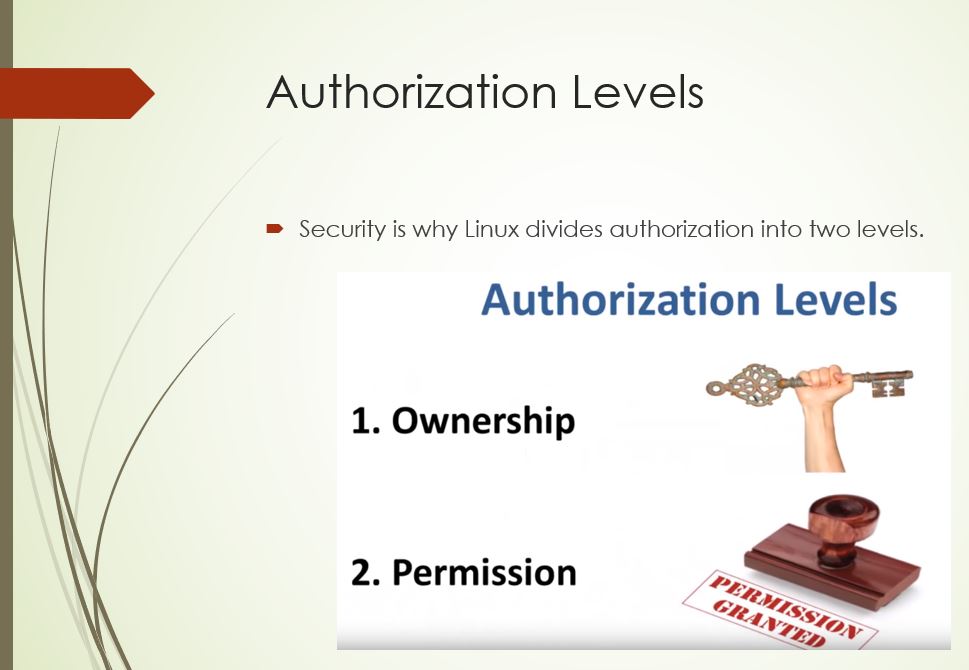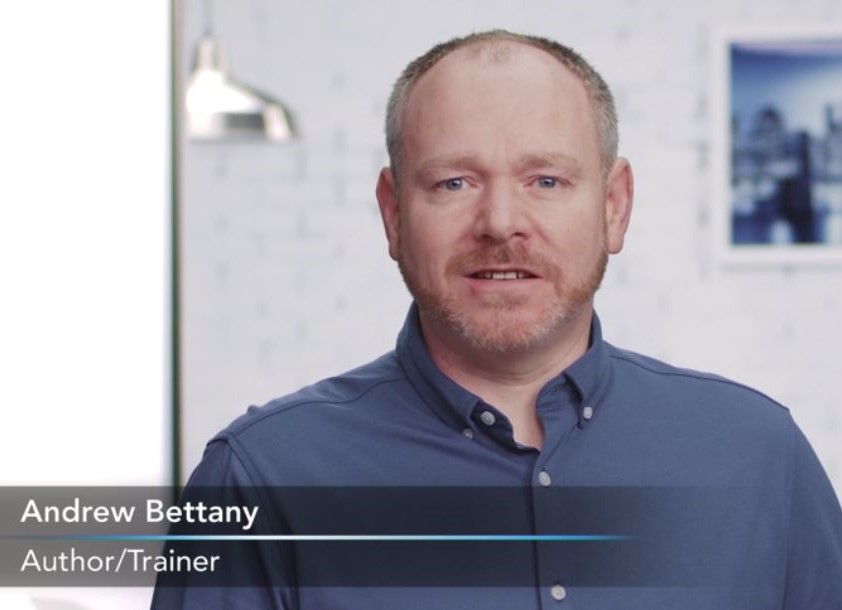Part of the power of the Microsoft 365 Nation is that we are independent and can comfortably sit on the outside and look inwards. And we can all benefit from opening our minds to look at broader information technology (IT) matters that impact Managed services Providers (MSPs). Let’s talk Linux!
Microsoft actually supports Linux. Over 40 percent of Azure instances are Linux. And during the summer of 2019, Microsoft will ship a full Linux kernel as reported HERE. art of the power of the Microsoft 365 Nation is that we are independent and can comfortably sit on the outside and look inwards. And we can all benefit from opening our minds to look at broader information technology (IT) matters that impact Managed services Providers (MSPs). Let’s talk Linux!
Microsoft actually supports Linux. Over 40 percent of Azure instances are Linux. And during the summer of 2019, Microsoft will ship a full Linux kernel as reported HERE.
Keeping with our predominately security focus, I want to lay down a Linus file permissions primer for you. Security is a big concern in Linux (which is a clone of the multi-user UNIX operating system). Not surprisingly, it’s vital to keep the Linux environment safe. Because just like the Microsoft 365 world, data can be corrupted, changed or stolen. They way that we invoke security via file permissions in Linux is two authorization levels in Linux: Ownership and Permissions.
Ownership
There are three types of “ownership” as follows:
- A user is the owner of the file (aka “owner”)
- A group can contain multiple users. All users in the group have the same file permissions.
- Any other user who has access to a file. Does not own the file. Does not belong to a user group.
The BIG QUESTION!
Security is important because it’s likely you would like to protect data (e.g. photos) from your co-workers (don’t let them view the photos). The notion is that Linus file and directory management is permission centered and identified user behavior.
In Part II, we’ll deep dive into permission settings.
This community is underwritten and supported by the Fortinet MSP partner program. Thank you!
































